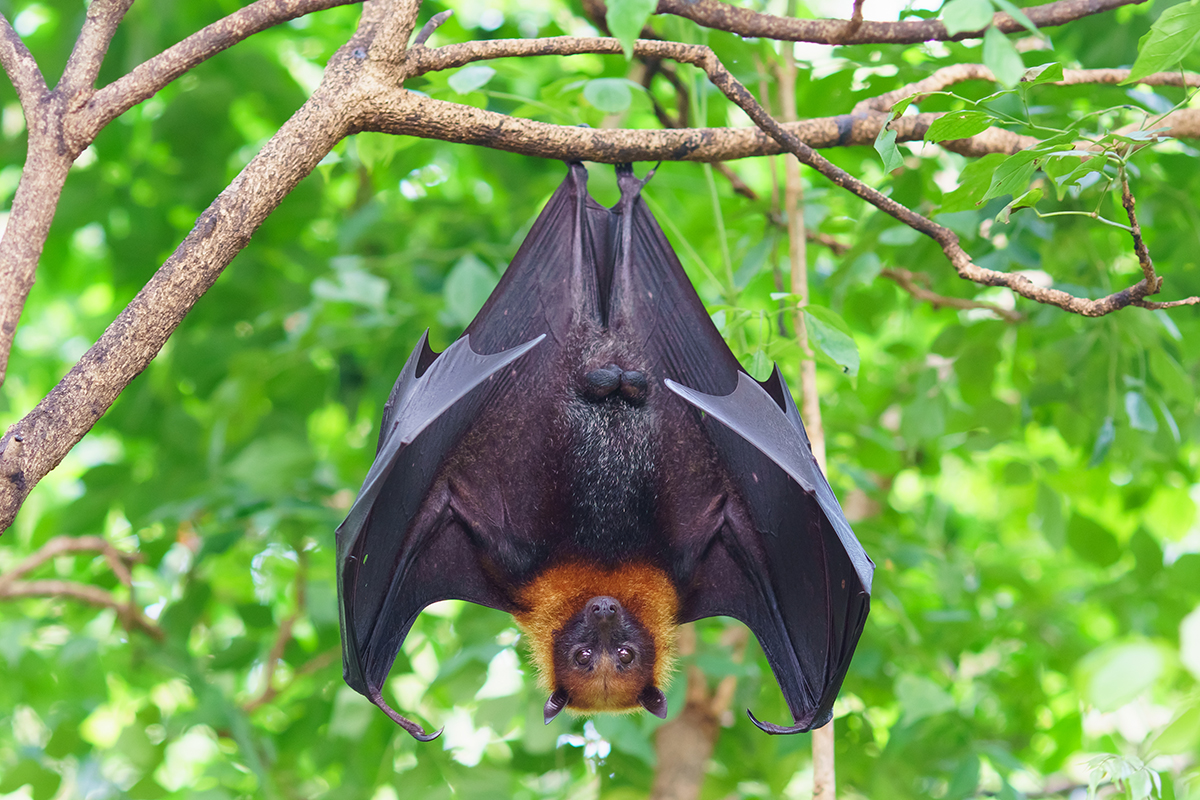Advice on Bats for Developments and Planning
13 February 2019

The UK supports 17 breeding bat species, all of which are protected by both domestic and international legislation. This legislation also extends to protect any structure or place that a bat(s) uses for shelter (roosts) from damage or destruction, whether occupied or not.
This means your development may be committing a criminal offence if at any stage you:
• Deliberately take, injure or kill a bat;
• Intentionally or recklessly disturb a bat in its roost or deliberately disturb a group of bats;
• Damage or destroy a place used by bats for breeding or resting (roosts) (even if bats are not occupying the roost at the time);
• Possess or advertise/sell/exchange a bat of a species found in the wild in the EU (dead or alive) or any part of a bat; or
• Intentionally or recklessly obstruct access to a bat roost.
The legislation has been incorporated into planning policies throughout Scotland, England and Wales. Subsequently, developers have a legal obligation to consider whether bats are likely to be affected by a proposed development.
How can bats impact your project?
Prior to planning consent being provided, a bat survey is required of the proposed development site. If this has not been completed during the appropriate season, delays to the project are likely to occur should the site be deemed suitable for supporting bats. The suitability of a development site to support bats can be assessed on three basic criteria:
• the provision of roosting sites within, and on the boundary of, the development footprint;
• the availability of foraging and commuting habitat; and
• the appropriate management / protection of existing roosts.
In the instance that a survey has highlighted the potential for bats being present, appropriate mitigation measures need to be adopted to ensure planning consent is obtained. Depending on the level of activity, this could comprise of the retention of trees and compensatory planting of lost vegetation to onsite ecological clerk of works during construction activities and an application for a European Protected Species Licence.
How can Patrick Parsons help with bats advice for development & planning?
Along with holding licences for Great Crested Newts and Barn Owls, our inhouse ecology team hold licences for undertaking bat surveys and are suitably qualified tree surveyors. Our team of specialists can provide technical support through the planning phase of your project, inclusive of baseline surveys, minimising any potential delays that may occur. Our technical reports and support with planning regulations will ensure that as a developer, you are aware of any potential risks/delays or mitigation that may be required for your project to proceed. It should however be noted that surveys for bats are seasonal, with strict guidance dictating what survey can be undertaken when.

